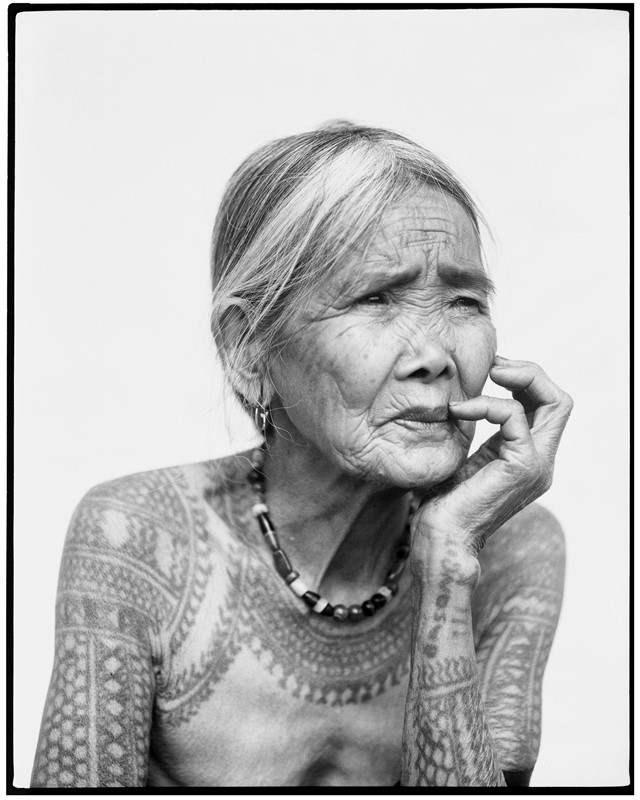Once worn with pride by the indigenous people of the Kalinga region, the art of tattooing is dying out among the younger generations
The province of Kalinga is located in the Northern region of Luzon, in the Phillippines’ Cordillera mountains. Among the multifarious sub-tribes that exist in the area, the Kalinga people are its most prominent: an indigenous collective of traditional rice farmers and craftsmen which, throughout its vast history, has successfully avoided colonisation. Manila-based photographer Jake Verzosa travelled throughout the mountainous region from 2009 to 2013 capturing the Kalinga’s aging women and their body art, one of the tribe’s idiosyncratic traditions. The Last Tattooed Women of Kalinga is a publication that collates Verzosa’s exquisite portraits of women in their seventies, eighties and nineties (and beyond: the oldest among the group is 101, the youngest 65) who have covered much of their skin in symbolic inkings over the course of their lives.
The process of tattooing is known amongst the Kalinga people as batok, and the resulting designs are symbolic of strength and power – to the extent that dinuras (women who do not have tattoos) were typically viewed as imperfect, and shamed. For the men of the tribe, tattoos represent courage and the stages of being a Kalinga warrior, while for women they symbolise maturity, fertility and beauty. “A woman with tattoos shows that she is ready to marry and give birth to a child,” writes Natividad Sugguiyao in the text that accompanies The Last Tattooed Women of Kalinga. “A woman who declines to be tattooed is said to be barren.”
For females, tattooing could begin as early as nine or ten years old, and is undertaken by the highly revered tattoo artist (mambabatok) via a painful process: “The mambabatok traces a template of the design on the skin using a rice or bamboo stalk before using the gisi, the tapping instrument where the needle is anchored, to tap the ink into the skin,” explains Sugguiyao. “Usually, the gisi is constructed from the horn of a carabao (water buffalo) about 10 cm long and 2 mm thick, bent at a right angle by fire. Three to five sharp razor needles traditionally made from the claw of a bat or the thorns of a citrus three are attached to the shorter arm. The needles are laid on the skin and driven in by a wooden hammer at the rate of 90 to 120 taps per minute.”
Seen as a rite of passage since as early as the 16th century – though the origins of the practice are not entirely certain – the act of being tattooed has fallen out of favour with the younger Kalinga people. The Last Tattooed Women of Kalinga, then, is both a way of honouring the tradition and mourning its demise. Verzosa’s beautiful black and white photographs preserve the tattoos, and immortalise the pride that the women take in their intricate, emblematic body art.
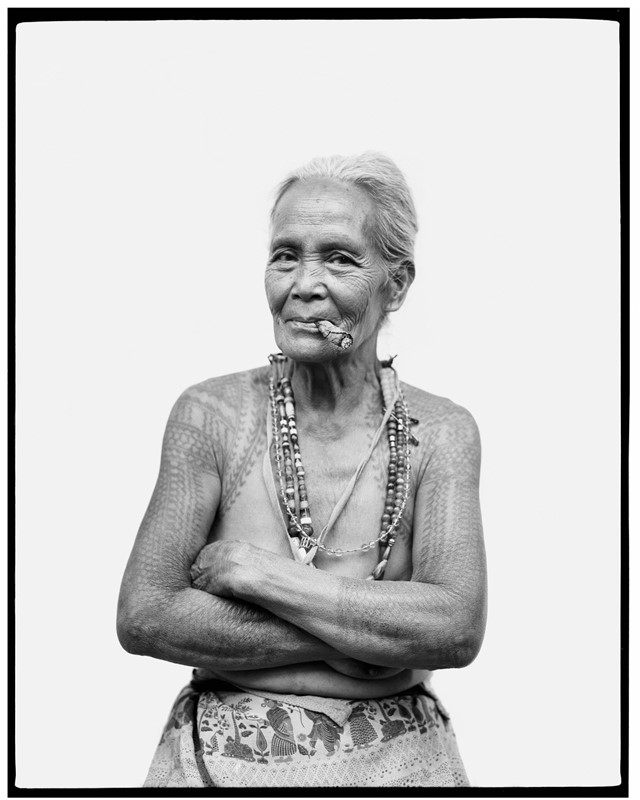
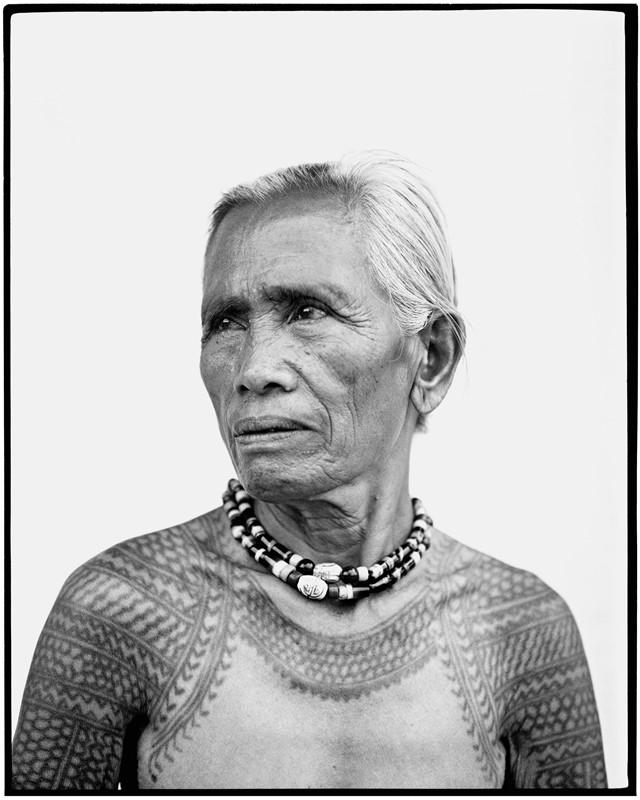
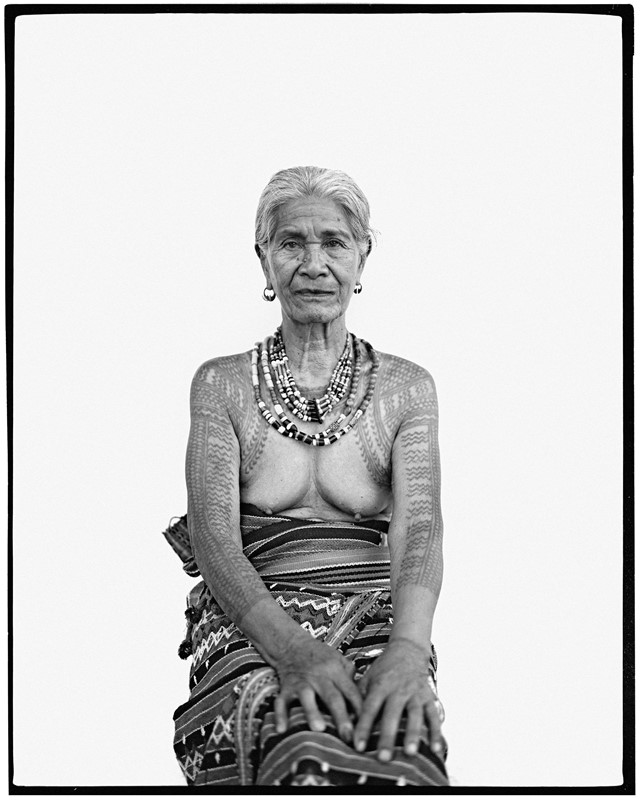
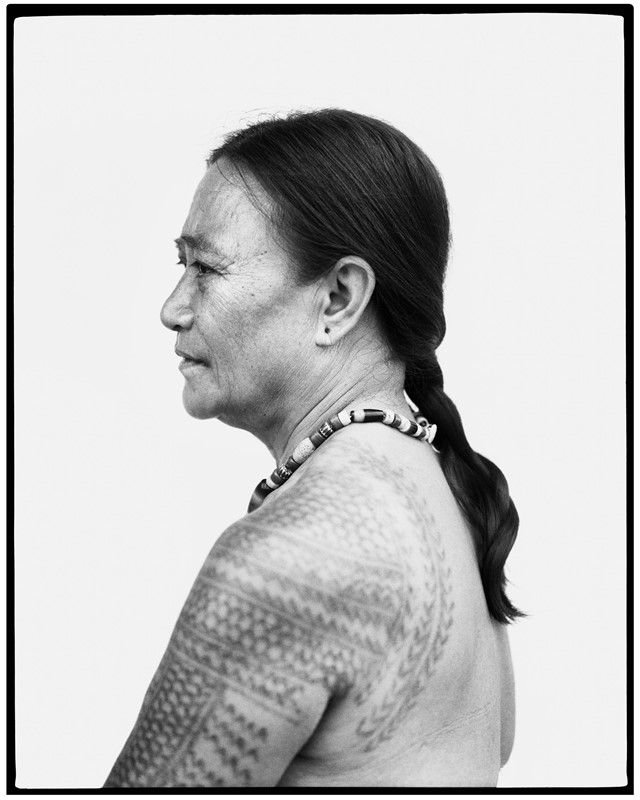
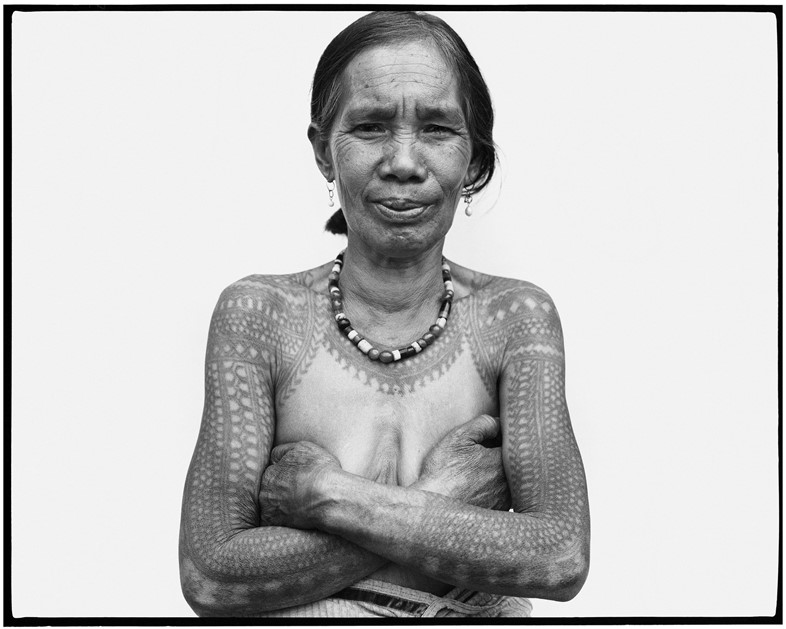
The Last Tattooed Women of Kalinga by Jake Verzosa is available now, published by Steidl.
